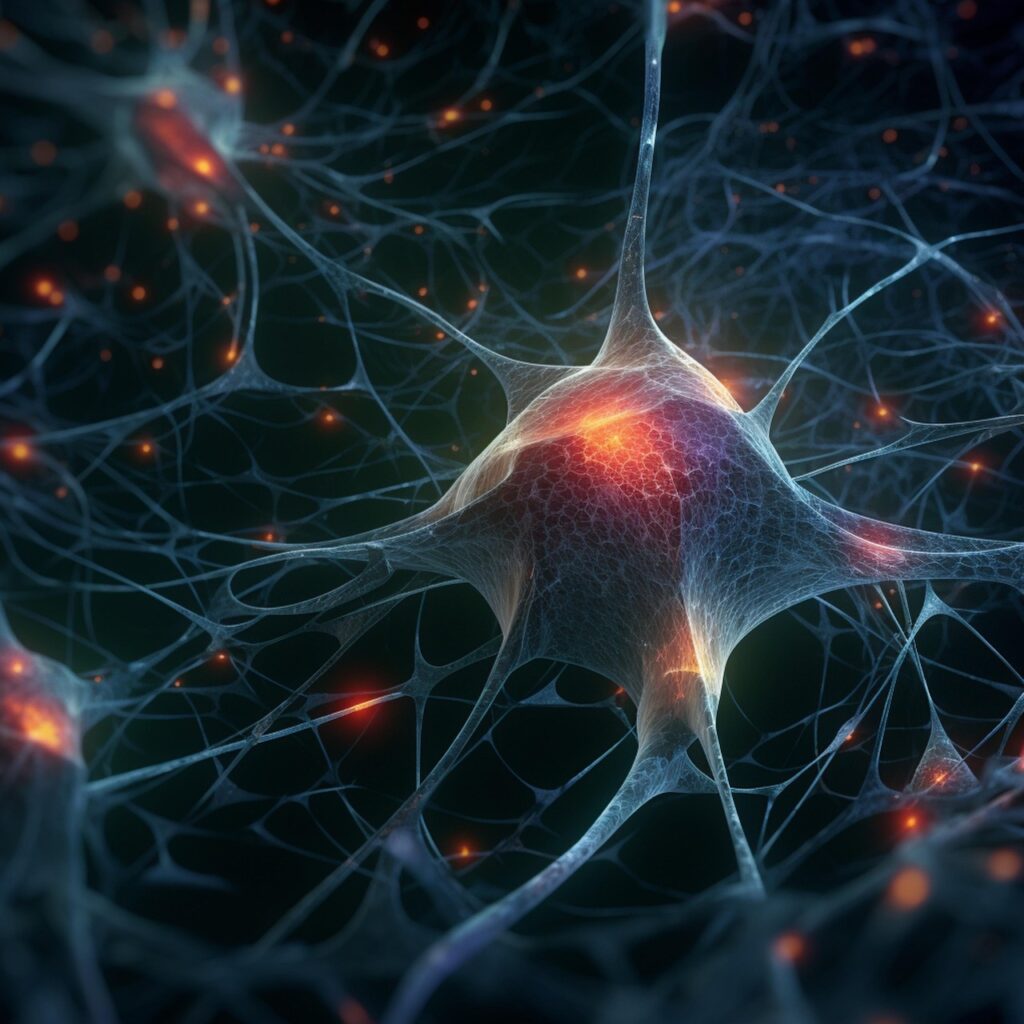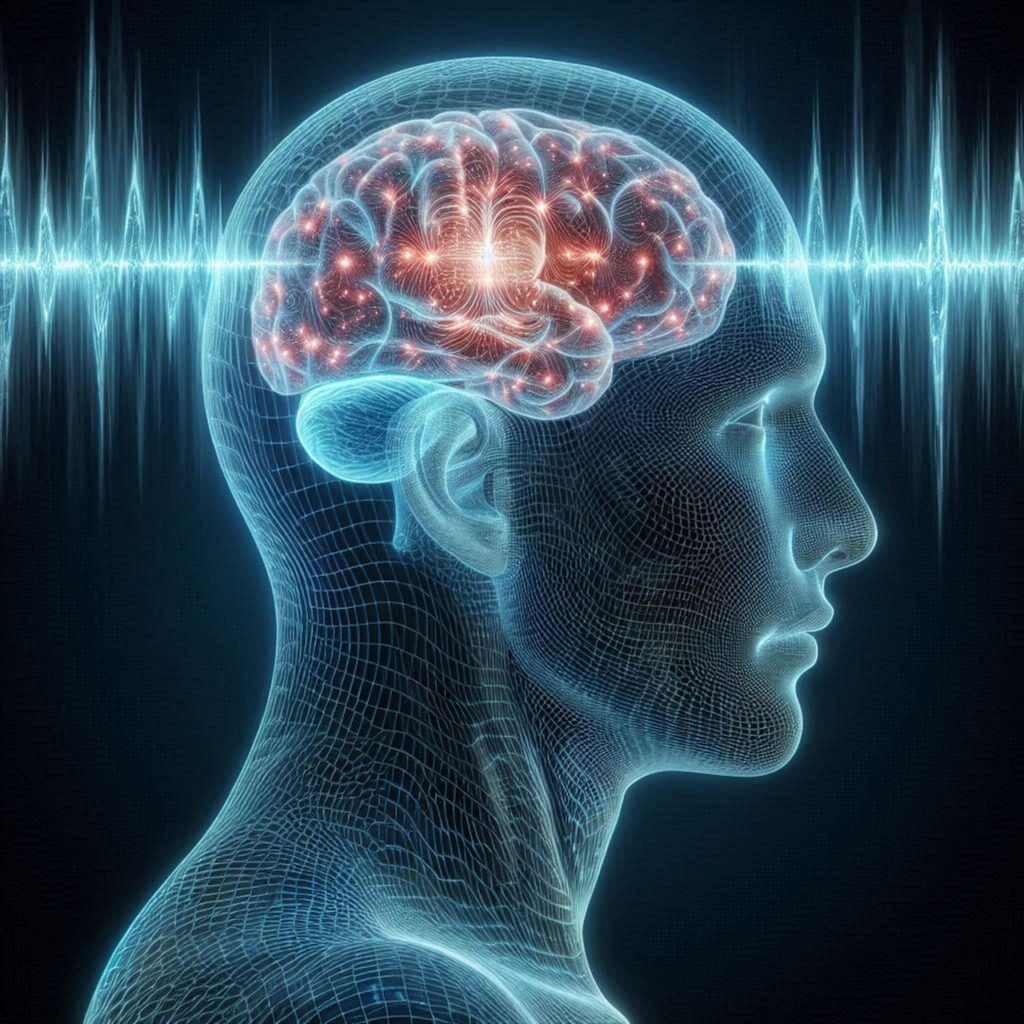The brain is one of the most energy-hungry organs in the body, constantly working to keep us thinking, sensing, and moving. For years, scientists believed they understood exactly how it stays powered. But new research is challenging that long-held assumption, revealing that the truth may be more complex than once thought.
What If the Brain Doesn’t Just Run on Sugar?
Glucose has long been considered the brain’s primary fuel source. But a new study published on July 1, 2025, in Nature Metabolism by researchers at Weill Cornell Medicine suggests otherwise. Research revealed that under certain conditions, brain cells can tap into fat as an alternative energy source. This discovery challenges nearly a century of scientific belief and opens new doors for understanding how the brain adapts when energy is scarce.
“The long-standing dogma that the brain doesn’t burn fat” is directly questioned by these findings, said Dr. Timothy A. Ryan, senior author of the study and professor of biochemistry at Weill Cornell Medicine.
Synapses and Fat: A New Connection

The research focused on synapses, the junctions where neurons communicate. These sites demand enormous energy to function properly. They typically rely on glucose to produce ATP, the molecule that powers cellular activity. But what happens when glucose is in short supply?
To find out, lead author Dr. Mukesh Kumar and his team investigated whether neurons could use triglyceride-rich lipid droplets as a backup fuel source. “It makes sense that fat may play a role as an energy source in the brain, like it does with other metabolically demanding tissues, such as muscle,” said Dr. Kumar.
Their experiments in mice showed that neurons break down these stored triglycerides into fatty acids and send them to mitochondria, the cell’s energy factories. There, the fatty acids produce ATP, allowing neurons to keep working even without glucose.
Fat as an On-Demand Energy Reserve
One surprising discovery was that this fat-burning process only activates when neurons are electrically active. Simply put, neurons begin using fat only when they’re busy.
“The process of being able to use the fat is controlled by the electrical activity of the neurons, and I was shocked by this finding,” said Dr. Ryan. “If the neuron is busy, it drives this consumption. If it’s at rest, the process isn’t happening.”
This explains why fat droplets have been difficult to spot in brain tissue. Like muscles storing fat for exercise, the brain stores triglycerides in small amounts. It uses them only when needed, making them nearly invisible under normal, resting conditions.
The Role of the DDHD2 Gene: A Key Clue
To better understand this fat-fueled process, researchers examined the DDHD2 gene, which encodes an enzyme responsible for breaking down fat. Mutations in this gene cause hereditary spastic paraplegia, a neurological disorder marked by leg stiffness and weakness, and sometimes cognitive problems.
Previous studies showed that mice lacking this enzyme accumulate triglycerides in neurons. “To me, this was evidence that maybe the reason we claim the brain doesn’t burn fat is because we never see the fat stores,” said Dr. Ryan.
In these mice, large lipid droplets built up inside neurons because the enzyme wasn’t present to break them down and deliver fatty acids to mitochondria. This reinforced the idea that neurons can use fat, but only when the breakdown system functions properly.
Blocking Fat Use Induces a Hibernation State
To test if this fat-burning pathway is essential, the team used a drug to block an enzyme called CPT1. This enzyme helps transport fatty acids into mitochondria. When treated with the CPT1 blocker, mice could no longer burn fat in their brains despite the presence of lipid droplets. The animals entered hibernation-like state, with their body temperatures dropping sharply and heart rates slowing.
“This response convinced us that there’s an ongoing need for the brain to use these lipid droplets,” Dr. Ryan explained.
Neurons don’t just burn fat when glucose is low; they need to, or key brain functions start to fail.
A New Frontier in Brain Energy Research

These findings could transform our understanding of how the brain copes with aging, fasting, low blood sugar, or neurodegenerative diseases. Glucose metabolism in the brain often declines with age or conditions like Alzheimer’s and Parkinson’s disease. A secondary fuel source like fat might help explain how the brain continues to function when glucose is limited.
Dr. Kumar noted rising interest in the role of lipid droplets in neurological disorders. “We don’t know where this research will go in terms of neurodegenerative conditions, but some evidence suggests that accumulation of fat droplets in the neurons may occur in Parkinson’s disease,” he said.
What Comes Next?
Scientists still need to uncover how the brain decides when to switch from glucose to fat and how long neurons can survive using only lipid-derived energy. Another question remains: do these findings apply to humans? So far, all experiments have been done in mice.
Still, the discovery of fat-burning in the brain challenges long-held beliefs and calls for a broader understanding of brain metabolism. “By learning more about these molecular details, we hope to ultimately unlock explanations for neurodegeneration, which would give us opportunities for finding ways to protect the brain,” said Dr. Ryan.